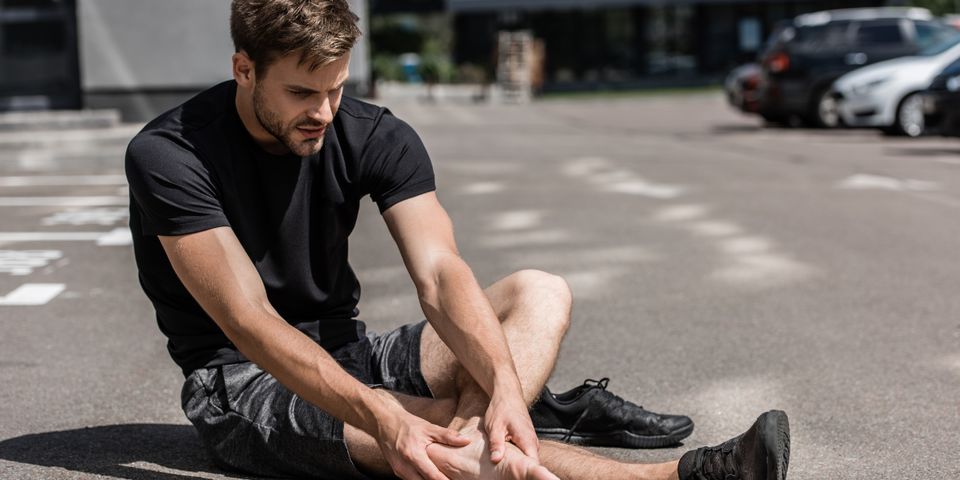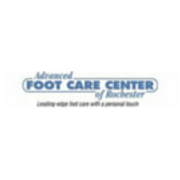
All feet have a certain type of arch. Some are higher, while others are lower. If you’re dealing with pain or discomfort, one of the first details your foot doctor will determine is the kind of arch that you have. Here are the three different types.
What Types of Foot Arches Are There?
1. Low
Low arches are sometimes referred to as flat feet. If your wet foot leaves a complete footprint on the ground, this is because your arch essentially touches the surface. Flat feet aren’t very defined and may be more likely to develop issues with rolling inward while performing everyday activities, such as walking, jogging, and running. Because there’s an imbalance in the way the foot makes contact with the ground, people with low arches are also at greater risk of experiencing muscular strain, bunions, corns, calluses, arthritis, and pain in the hips and knees.
Your foot doctor may advise you to wear footwear with supportive soles and slightly elevated heels. This characteristic relieves pressure from the middle of the sole, helping you avoid many common foot health concerns. Orthotics can be helpful in situations where you can’t find shoes that fit properly.
2. Moderate

Also known as a medium arch, the moderate arch has greater definition than a flat foot, and roughly 60% of the population have this type of arch. With this type of arch, a wet footprint will appear approximately half-filled instead of complete. Since the arch provides support for the body’s weight, a moderate arch is considered advantageous because it provides greater balance and a more suitable weight load. Common problems with medium arches include heel pain and inflammation of the ball of the foot.
Most types of shoes are suitable for people with normal arches. Styles with mild- to moderate-cushioning are ideal, since they provide some support without affecting the way that your body weight is distributed while you’re walking or running.
3. High
The high arch is the most defined of the three. A damp foot will create an imprint with greater emphasis on the fore and rearfoot in this case. These are the parts of your feet that bear the burden if you have an elevated arch. This can contribute to a common foot concern called plantar fasciitis, a type of inflammation that affects the ligament linking the heel to the forefoot.
The key concern among people with high arches is a lack of shock absorption. You can reduce foot pain and common ailments by wearing orthotics or stability footwear. The latter supports the midsole, protecting the foot when it makes contact with the ground.
No matter what type of arch you have, trust in Dr. Joseph G. DiPrima at Advanced Foot Care Center of Rochester to help you cope with your foot health concerns. The foot doctor offers comprehensive care for everything from arch pain to ingrown toenails. Visit the website for more information, or call (585) 249-0020 to schedule an appointment at either the Rochester or Fairport office.
About the Business
Have a question? Ask the experts!
Send your question

